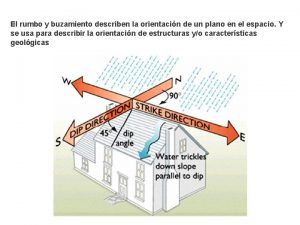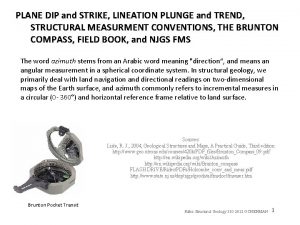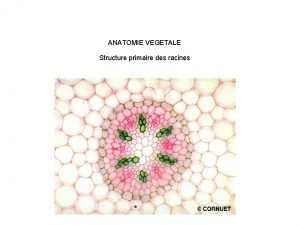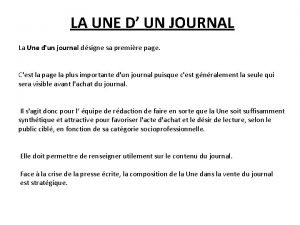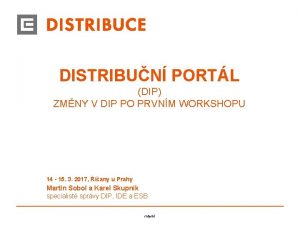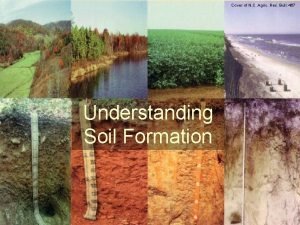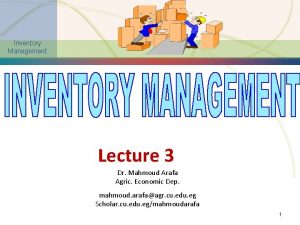Rick Young MRur Sc Dip Agric Econ UNE










- Slides: 10

Rick Young MRur. Sc Dip. Agric. Econ (UNE) Research Agronomist (rtd) Tamworth Agricultural Institute NSW DPI 1992 -2008 Led 12 research projects + others Crop and pasture productivity and water use Soil carbon Landscape hydrology, deep drainage, salinity Liverpool Plains , NW NSW, NE Tablelands

Vertosols cracking clays black earths cotton soils black soil plains

Ø Mildly alkaline Ø High cation exchange capacity Ø Rich in plant nutrients – especially P Ø Consist of moisture reactive clay Ø Shrink when dry - swell when wet Ø Swell → store rainfall → used by crops Ø Cracking → recovery from compaction


Why are the Vertosols such a valuable resource? ØRare in higher rainfall cropping areas ØHigh yielding crops when properly managed


Why are the Vertosols such a valuable resource? ØVery large water storage capacity – 250 mm ØDo not suffer acute P deficiency like most other arable soils in Australia.

High water holding capacity + zero tillage tech helps manage climate variability Farmers can plant up to 2 dryland crops/year (response or opportunity cropping).

Recommendations In my view the Watermark Coal project poses the following threats to, and the Liverpool Plains Vertosols should be protected from: 1. Physical encroachment 2. Undermining that may lead to subsidence 3. Compaction by vehicular traffic, machinery or other factors that may limit infiltration of rainfall, plant establishment and normal growth. 4. Disturbance that will promote concentration of flood water and gully erosion 5. Chemical contamination or physical disturbance that will lessen or compromise the existing inherent desirable physical and chemical characteristics of these soils. 6. Contamination with salt or saline water. 7. Contamination with heavy metals or other toxic substances. 8. Contamination via fuel spillage and poor containment of drilling fluids or similar substances. 9. Contamination with material from excavation. 10. Contamination with dust that may reduce crop productivity or reduce the value of crop product.

Yields on Vertosols compared to historic crop yields in Australia
 Regla de la mano derecha geologia
Regla de la mano derecha geologia Pitch and plunge geology
Pitch and plunge geology Grafica espacio tiempo mrua
Grafica espacio tiempo mrua Mrur características
Mrur características Grafico mrur
Grafico mrur Parenchyme cortical
Parenchyme cortical Poésie ponctuation une virgule enfermée dans une bulle
Poésie ponctuation une virgule enfermée dans une bulle Le bonheur est une trajectoire et non pas une destination
Le bonheur est une trajectoire et non pas une destination Reconnaitre ses devoirs est ce renoncer à sa liberté
Reconnaitre ses devoirs est ce renoncer à sa liberté Appuyez sur l’image qui est dans le bon sens
Appuyez sur l’image qui est dans le bon sens Vocabulaire de la une
Vocabulaire de la une
